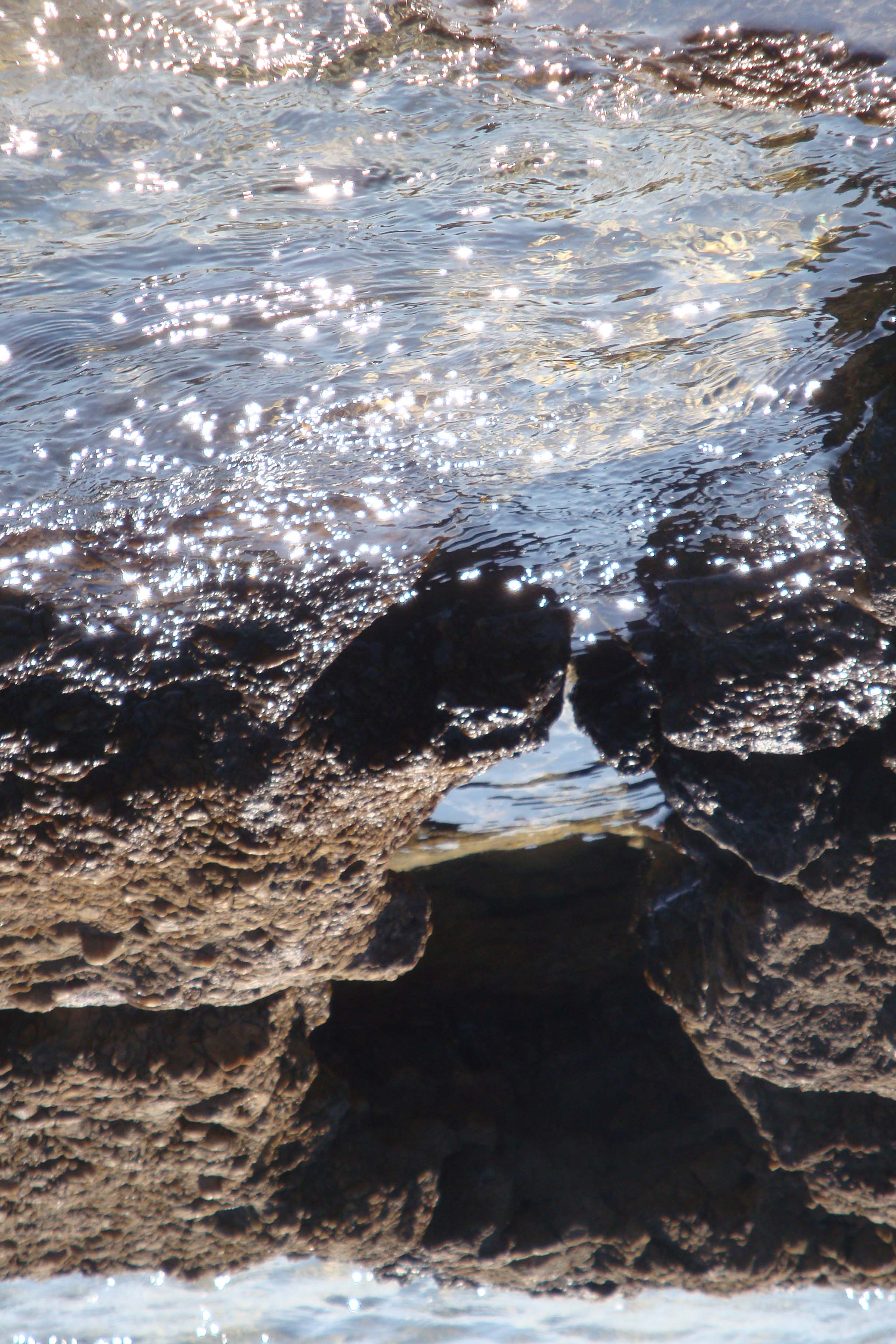Distorted Love: Mapplethorpe, the Neo/Classical Sculptural Black Nude, and Visual Cultures of Transatlantic Enslavement
DOI:
https://doi.org/10.17742/IMAGE.CR.10.1.10Keywords:
Mapplethorpe, photographyAbstract
In the fall of 2016 and the winter of 2017, the Montreal Museum of Fine Arts exhibited a retrospective of photography by Robert Mapplethorpe (1946-1989) entitled “Focus: Perfection.” Tenets of queer possibility exhibited in the “Sculptural Body” portion of “Focus: Perfection” depicted a white modernity that reproduced the biopolitics of the transatlantic slave trade among contemporary white and Black queer peoples in America—namely, in New York’s queer community—through the reinforcement and circulation of imagery depicting sexualized Black peoples in psychic and physical bondage. With his photographs depicting the body parts of Black men, Mapplethorpe reifies the biopolitics of the transatlantic slave trade in two ways. First, the classical use of marble as sculptural material, or in Mapplethorpe’s case the neoclassical use of photographed skin as sculptural material that references the classical use of marble, adheres to aesthetic principles devised from Western, colonial discourse that sexualize and degrade Black bodies. Secondly, Mapplethorpe reproduces what Michal Hatt has called a “structure of spectatorship. By constructing Black men’s bodies in inherent opposition to whiteness, no matter how idealized, it is a white audience that is presumed as the patron of Mapplethorpe’s sculptural photography of Black men. Given the themes of sadomasochism throughout Mapplethorpe’s photographs of Black men, these images outright reference fantasies of domination from an era transatlantic enslavement in the U.S. With “Focus: Perfection,” the MMFA unwittingly condoned Mapplethorpe’s portrayal of Black men in chattel bondage, available to be owned by Mapplethorpe’s presumed white viewership through intimate knowledge of, and control over, their bodies and sexual lives.
Downloads
Published
How to Cite
Issue
Section
License

This work by https://journals.library.ualberta.ca/imaginations is licensed under a Creative Commons 4.0 International License although certain works referenced herein may be separately licensed, or the author has exercised their right to fair dealing under the Canadian Copyright Act.




